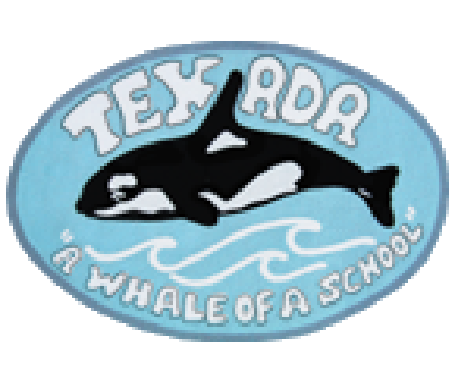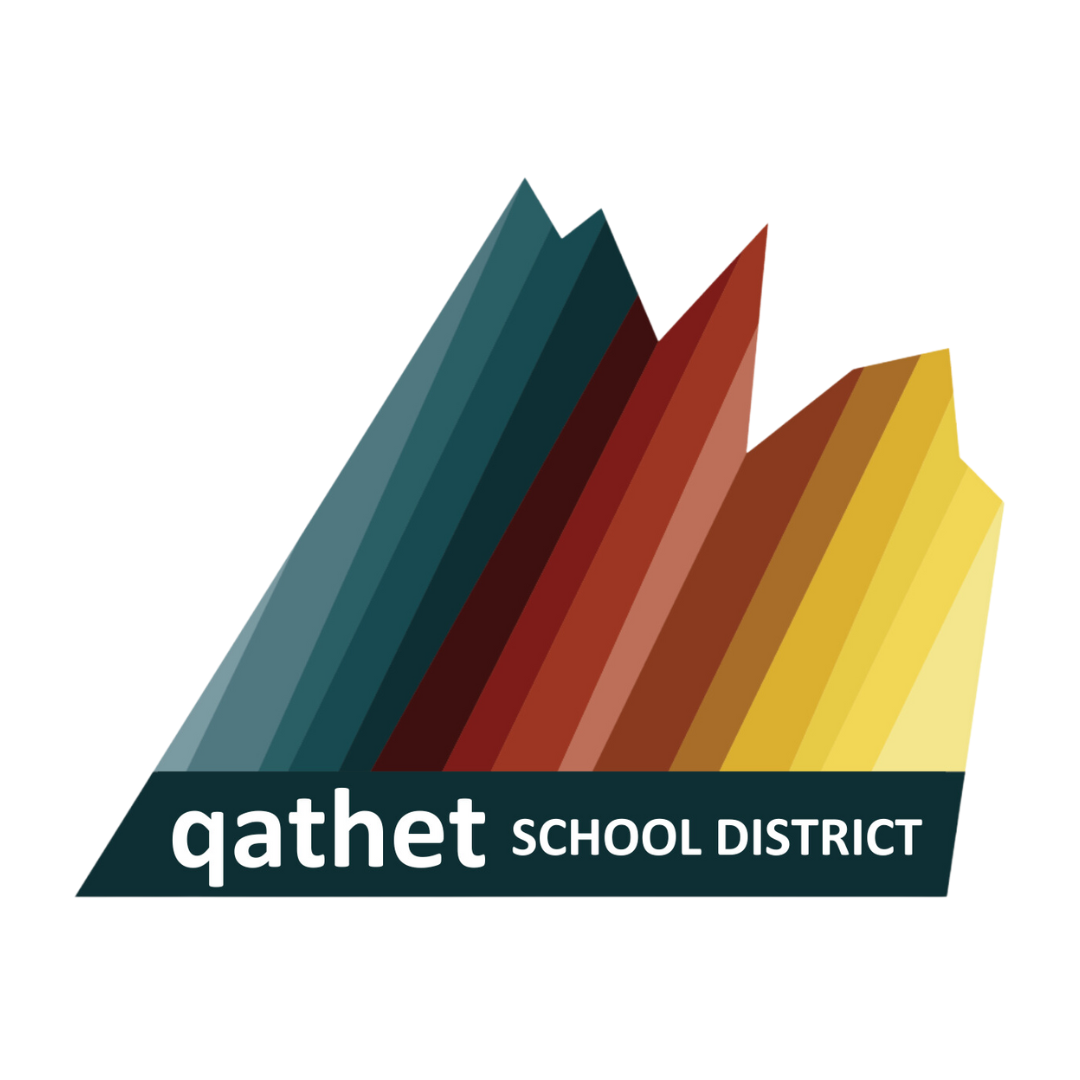2023-2024 (DRAFT)
School Growth Plan 2023/2024
Texada Elementary School
Purpose and Vision:
School Growth Plans are school specific strategic plans. They are:
collaboratively developed;
focused on student learning goals;
aligned with the District Strategic Plan
evidence-informed using a cycle of improvement;
specific, measurable, achievable, relevant, and time-bound.
Our Story
Texada Elementary School, now the only school on Texada Island, is located in the village of Van Anda, in what was once a fully functioning secondary school, housing grades 8-12. At one time, Texada had an elementary school in each of the 3 villages on the island, and as needs and demographics changed over the years, a decision was made to move secondary education to Powell River and move the remaining elementary students into the existing high school, as it was the largest, newest and best outfitted building.
Since 2003, Texada Elementary has been housed in the former high-school building. As it was built for secondary students, some modifications were necessary in order to meet the needs of younger children. The science lab was reconfigured to become a spacious primary classroom, blackboards were lowered, and some lockers were removed and replaced with primary friendly hooks and shelves. The "Home-ec" room was redesigned for use as a shared gathering space, though it still houses two ranges, a refrigerator, freezer, washer and dryer to facilitate a hot-lunch program and student baking/cooking lessons. A half-dozen sewing machines remain so that students and teachers can complete sewing projects on occasion, and the room lends itself well to completion of large-scale art projects, sock-hops, shared meals, and schoolwide activities. Other changes made to the building over time include building a pre-school space and a community-owned commercial kitchen, and what was once a large, fully functioning woodworking, metalworking and drafting room were transformed into a beautiful, sound-proofed band room and a community owned pottery studio.
Texada Elementary enjoys the use of a full-scale gymnasium that includes an impressive bouldering wall for student and community use, a relatively well stocked library, and full computer lab outfitted with individual student laptops and desktop computers. Staff and students are fortunate to have flexibility in the school space, and despite a very small student population, there is a tendency to use all parts of the building.
Because Texada students live in a somewhat isolated community, there has long been a focus on providing an abundance of unique opportunities for the island's children. Community volunteers frequently engage the school in a variety of activities and projects, from photography, music and choir, to baking, cooking and pottery lessons and more.
Our Learners
Texada Elementary overlooks the ocean in Van Anda. The current student population sits at 31, with one intermediate and one primary division. On staff we have a teaching principal, two full-time teachers, a full-time educational assistant, a part-time custodian and an Office Manager taking care of our secretarial needs one day per week.
Texada staff address academic needs through a Response to Intervention (RTI) model, through which individual student needs are consistently assessed and addressed via intervention programs, instructional differentiation, and individualized student learning plans for all. In addition, the school has an abundance of community support in the way of volunteerism, donations, and public performance attendance.
Priority 1 - Cultivating an Ethic of Learning
Year Focus: Literacy
Action
Utilize evidence-based literacy strategies in all grades
Utilize evidence-based literacy assessment tools for both primary and intermediate students
Review and analyze June literacy data to plan specific and targeted programming in September, and review DIBELs after beginning, middle and end-of-year assessments
Ensure that levelled reading materials are readily accessible for all reading abilities
Review literacy goals periodically throughout the year
Utilize Heggerty, Reading Eggs, and Raz Kids to focus targeted reading instruction.
Use U-Fly and Orton Gillingham methods for literacy intervention with known struggling readers
Update library with seating, check-in and check-out system, and arrangements to increase student use and interaction
Increasing parent volunteer base for reading support
EA targeted intervention/schedule
Evidence
Improved DIBELs scores
Uptake in library loan system use and interlibrary loan requests
Student use of check-in/check-out system
Priority 2 – Cultivating Curiosity
Year Focus: Building connection to place
Action
Increasing outdoor learning opportunities in regular programming
Professional Development in outdoor learning
Integration of place-based learning both in school and community
Student leadership and service program
Evidence
Increase in community member engagement
Regular outings into the area surrounding the school as part of meditative and place-based practice
Regular field trips (1-2 times per trimester)
Personal and social connection via core competency criteria (“social awareness and responsibility”)
Student sense of responsibility and care for school and local community
Priority 3 - Cultivating Connection
Year Focus: Building empathy and emotional intelligence
Action
Actively celebrate kindness among students (especially September/October) school-wide
Create respectful interactions between students
Using Zones of regulation regularly to help students develop emotional intelligence
Positive behaviour assessments as needed for key students
Increased Pro-D training for socioemotional learning
Use restitution and acts of community service as consequences
Designate a calming and quiet space (center classroom) for students who are extremely elevated or unregulated
Incorporate a schoolwide positive reinforcement system so that all students can be celebrated, especially those with emotional dysregulation
Student-driven use of calming room
Evidence
Fewer incidents and student outbursts
Observations of students openly resolving conflict without need for teacher intervention
Students noticeably “walking away” from conflict
Use of multisensory room identified by students as a helpful strategy to de-escalate from Red and Yellow zones



